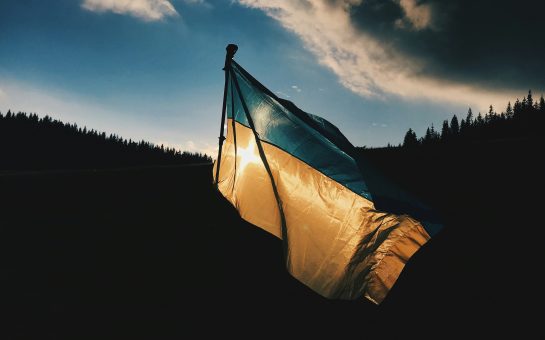We are all familiar with the names Lassie, Hachiko, Rin Tin Tin… but Laika? Who is Laika?
Russian dog Laika was a stray picked up off the side of a street in Moscow with the intentions of being sent to space – aboard Russian spaceship Sputnik 2.
This came only a month after the satellite Sputnik 1 was designed – to test the theory that a living passenger could be sent into orbit and survive not only the take off, but the pressures of gravity.
The world was speechless at such an event and watched the vessel, weighing 113 kg (250 lbs), set off into the unknown.
A technician who prepared the capsule for the mongrel dog said: “After placing Laika in the container and before closing the hatch, we kissed her nose and wished her bon voyage, knowing that she would not survive the flight.”
The controversial hidden fact that the mongrel dog was sent to space on a one-way ticket brought about a world outcry.
Britain showed to be the most outraged and before the announcer had even finished reading the news bulletin of the event, the switchboards were overwhelmed with angry callers.
The RSPCA too was inundated with phone calls, and as a result, ended up giving callers the number for the Soviet Embassy.
The Soviet Embassy in London had to swiftly change their celebration mode into damage control, with First Secretary Yuri Modin commenting: “The Russians love dogs. This has been done not for the sake of cruelty but for the benefit of humanity.”
However, the British were not consoled.
Lady Munnings, wife of the Royal Academy’s former President, Sir Alfred Munnings, demanded: “Instead of dogs, why not use child murderers, who just get life sentences and have a jolly good time in prison?”
And novelist Denise Robins wrote a touching elegy.
“Little dog lost to the rest of the world,” it began.
“Up in your satellite basket curled . . .”
A German daily newspaper even reported: “For a few days, the world is again united.
“For a few days, black and white, democrats and communists, republicans and royalists in all countries, islands and continents have one feeling, one language, one direction . . . our feeling of compassion for this little living being twirling helplessly over our heads.”
Laika was reported to have died painlessly in orbit a week after take-off.
However, in 2002 Dr Dimitri Malashenkov, of the Institute for Biological Problems, released the details that no life signs were being monitored from Laika within five-seven hours after takeoff and that she had died shortly afterwards from extreme panic and overheating.
Sputnik 2 orbited earth for another five months and 2570 times before disintegrating to nothing when re-entering the atmosphere .
There is now a statue in Moscow in honor and remembrance of the dog, and even a screenplay set in the Unicorn Theatre in London.
The real question at the end of it all is, has the world learned anything from this act of cruelty, or have we learned to just turn a blind eye to the happenings around us instead?
Image courtesy of howardblake via YouTube, with thanks.



